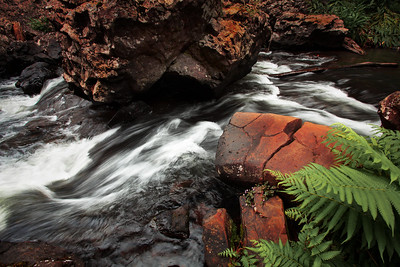Pari Raghunarayan | Founder & Avyukth Raghunarayan | Author
A puppy, the formation of DNA, the lemon slices that were added to a drink, and life itself.
Seems random right? (Hint: It’s not random)
You know what they all have in common? None of them would have existed without this one vital substance: water.
On a larger scale, DNA is commonly referred to as the “building block of life”. However, water is essentially the building block of every living thing that we currently know of. Life as we know it first began in water before evolution took its course and expanded it to the world we know now.
First of all let’s quickly go through the basic chemistry of what we need to know today.
- An atom is the smallest form of matter and matter makes up EVERYTHING.
- An atom has a nucleus composed of protons (positively charged particles) and neutrons (particles with no electric charge). Outside the nucleus lies the electrons (negatively charged particles).
- A covalent bond forms when atoms share their electrons. (it’s a bond formed so that atoms can gain stability)
- The pH scale shows how acidic or basic a solution is. 7 is neutral. — see chart below for more information. (0-6 is acidic, 7 is neutral, 8-14 is basic)
Water in a Nutshell
Water, also known as H2O, is formed when 2 hydrogen molecules form a covalent bond between an oxygen molecule. Water is NOT a source of energy, considering it has no calories. However, life would not have started or continued to sustain without it. Water is also a polar molecule because much like a magnet, a molecule of water has a positive and negative charge. Being a polar molecule allows water to become an excellent solvent; a solvent is a chemical or molecule that has the ability to dissolve other polar molecules. (Fun Fact: water is called “the universal solvent”).
Chemical Properties of Water
- Polar molecule: has a positive and negative charge and attracts other water molecules.
- It is a solvent and dissolves other molecules like table salt (NaCl).
- Within a molecule of water, there is a covalent bond.
- However, when 2 or more water molecules come together a hydrogen bond is formed. The polarity is in play but it’s weaker and water molecules are essentially “loosely sticking together”.
- The pH level of water is 7, making it neither acidic or basic. It is neutral and shown as “pure water” in the chart above.
- Water has a very high specific heat. Specific heat (measured in joules) is the amount of heat it takes for a gram of a substance to have a temperature change of 1 degree Celsius. In simpler words, how much heat can water withstand before the temperature changes. The specific heat is 4.184 Joules. This is the highest of any liquid.
Chemical Structure of Water\
We established quickly that water is a polar molecule. It’s got a positive and negative end, which is shown in the picture. However, take a look at the top drawing and notice the 8 yellow circles. That is the covalent bonds that are formed between the oxygen and hydrogen atoms. The covalent bonds form because of convenience and the need for stability. The covalent bonds are formed between valence electrons, electrons on the outermost ring of an atom. For an atom to be stable it must have 8 of those valence electrons. Oxygen has 6 and hydrogen has 1. When you have 2 hydrogen atoms and one oxygen they attract due to the need for stability and completing their electron shell. This forms water.
If you’re wondering why oxygen is negatively charged and hydrogen is positively charged, I got you. It all has to do with electronegativity. Electronegativity is basically an atom’s ability to attract shared electrons. Oxygen has a higher electronegativity compared to hydrogen. And whichever atom has a higher electronegativity is going to be the atom with the negative pull. (This was very vague so that the information can truly soak in. I can totally do another well detailed article or video on electronegativity!)
PSA: How to conserve water
Lastly, here is our segment on water conservation by our guest author.
We use water everyday, but how much of it do we really use? We can use only 3% of all water on Earth! However, living things use 1% of all water on Earth to cook, eat, drink and many more things! ⅔ of that water is in glaciers and ice caps! It sounds like a little, but it’s actually a huge amount of water that we use.
I think using science to better the world around us is just as important as learning it. And as everyone probably knows, drinkable water is running out and desalination is expensive. We should all take shorter showers (I’m trying and it’s getting better), use fridge water if you can, turn off faucets when not in direct use, and don’t run washing appliances when not at full capacity. To implement water conservation isn’t impossible, but we must make simple changes in our everyday lives to make it possible.
Save the planet by saving water. Make sure to stay Qurious!

